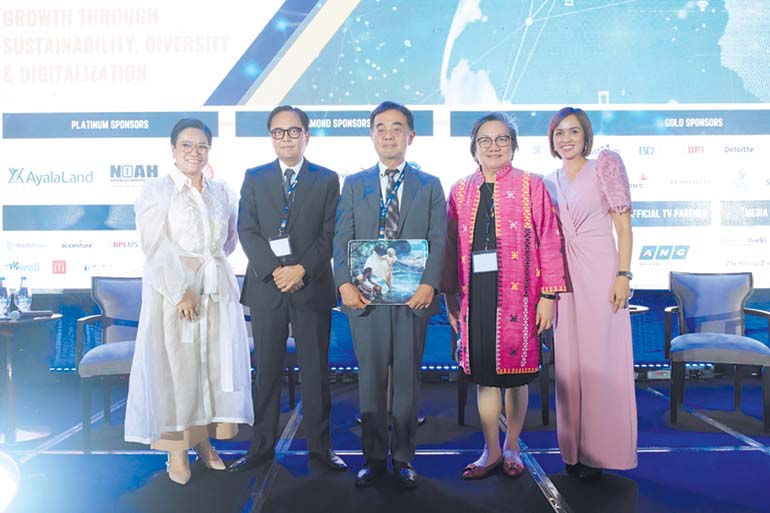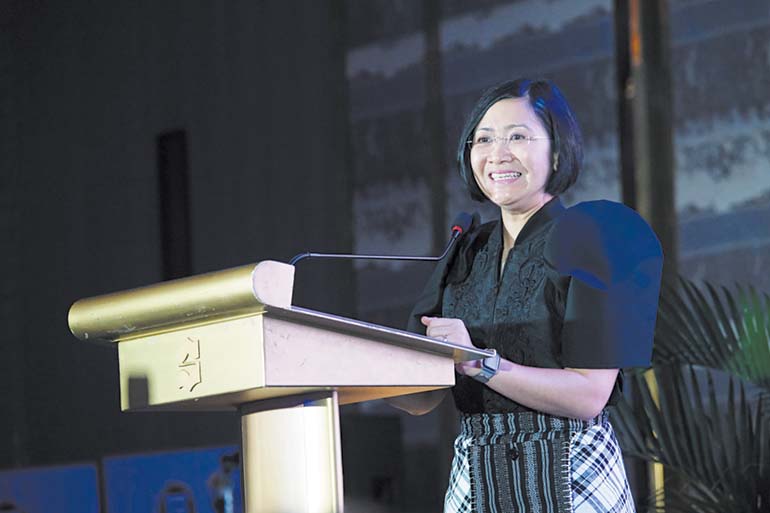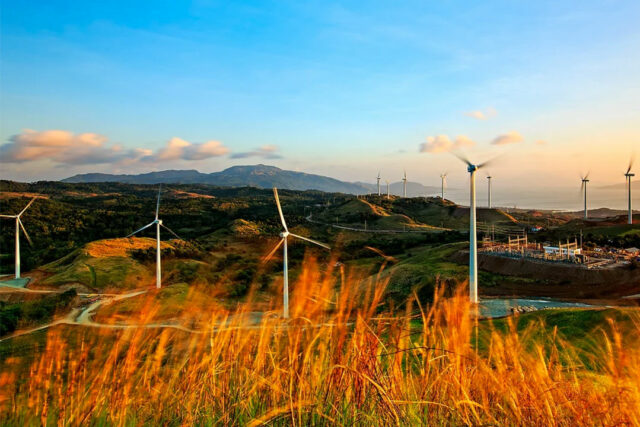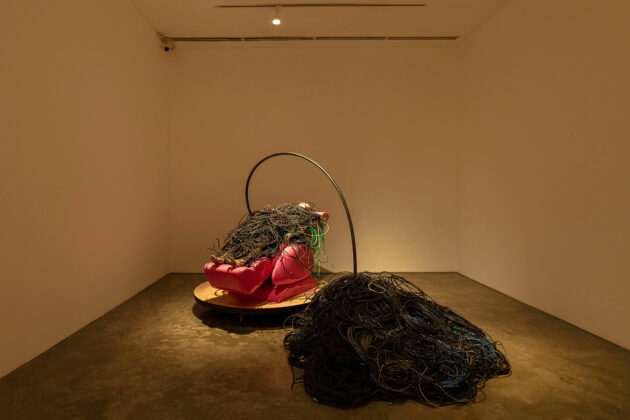US remains engine of global growth in latest IMF forecasts

WASHINGTON – The U.S. economy will continue to provide most of the thrust for global growth through the balance of this year and in 2025, led by robust consumer spending that has held up through a wrenching bout of inflation and the high interest rates used to tame it, the International Monetary Fund (IMF) said on Tuesday.
In its latest World Economic Outlook, the IMF raised its 2024 and 2025 economic growth forecasts for the U.S. – the only developed economy to see its outlook marked up for both years – and its chief economist said the “soft landing” sought by the Federal Reserve in which inflation eases without big damage to the job market had largely been achieved.
Emerging market powerhouses India and Brazil also stood out on the upside of the IMF forecasts, while it dialed back growth expectations for China for this year and left next year’s forecast for the world’s No. 2 economy at a below-trend 4.5%.
Still, it warned that risks abound from armed conflicts, potential new trade wars and the hangover from the tight monetary policy employed by the Fed and other central banks to rein in inflation.
“Today, the IMF reported that the United States is leading the advanced economies on growth for the second year in a row,” Lael Brainard, the director of the White House’s National Economic Council, said in a statement.
The IMF’s latest World Economic Outlook said the shifts will leave 2024 global GDP growth unchanged from the 3.2% projected by the global lender in July, setting a lackluster tone for growth as world finance leaders gather in Washington this week for the IMF and World Bank annual meetings.
Global growth is projected to be 3.2% in 2025, one-tenth of a percentage point lower than forecast in July, while medium-term growth is expected to fade to a “mediocre” 3.1% in five years, well below its pre-pandemic trend, the report showed.
Nonetheless, the IMF’s chief economist, Pierre-Olivier Gourinchas, said some countries, including the U.S., were showing resilience.
“The news on the U.S. is very good in a sense,” Mr. Gourinchas said at a press conference in Washington. “The labor market picture remains one that is fairly robust, even though it has cooled off.”
“I think the risks of a recession in the U.S. in the absence of a very sharp shock would be somewhat diminished,” he said.
Although Mr. Gourinchas said it looked as if the global inflation battle had largely been won, he told Reuters in an interview there is a risk that monetary policy could “mechanically” become too tight without interest rate cuts in some countries as inflation subsides, weighing on growth and jobs.
CONSUMER STRENGTH
The IMF revised its 2024 U.S. growth forecast upward by two-tenths of a percentage point to 2.8% due largely to stronger-than-expected consumption fueled by rising wages and asset prices. The global lender also upgraded its 2025 U.S. growth outlook by three-tenths of a percentage point to 2.2%, slightly delaying a return to trend growth.
Brazil got a sharp upgrade of nine-tenths of a percentage point, raising its projected growth rate this year to 3.0%, also on the back of stronger private consumption and investment. Mexico’s growth, however, was marked down by seven-tenths of a percentage point to 1.5% because of the effects of tighter monetary policy.
The IMF cut China’s 2024 growth rate by two-tenths of a percentage point to 4.8%, with a boost from net exports partly offsetting continued weakness in the property sector and low consumer confidence. The IMF’s 2025 China growth forecast, which was unchanged, does not include any impact from Beijing’s recently announced fiscal stimulus plans, which are still largely undefined.
Germany will see zero growth this year, a markdown of two-tenths of a percentage point, as its manufacturing sector continues to struggle, the IMF projected. The reduction helped to drag down the forecast for overall euro zone growth slightly to 0.8% for 2024 and 1.2% for 2025 despite a half-percentage-point upgrade that pushed Spain’s projected growth to 2.9%.
Britain’s long-suffering growth outlook got a boost of four-tenths of a percentage point to 1.1% for 2024 as falling inflation and lower interest rates are expected to stoke consumer demand. The growth forecast for Japan was lowered by four-tenths of a percentage point to 0.3% due to the lingering effects of supply disruptions.
India continues to be a bright spot, with the strongest projected growth among major economies at 7.0% in 2024 and 6.5% in 2025, unchanged from the July outlook.
TRADE RISKS
In counting risks to the outlook, the IMF report flagged the potential for major tariff increases and retaliatory measures, but it did not single out U.S. Republican presidential candidate Donald Trump’s vow to impose tariffs of 10% on global imports to the U.S., and 60% on goods from China.
Instead, it contained a proxy adverse scenario that includes 10% two-way tariffs among the U.S., euro zone and China plus 10% U.S. tariffs on the rest of the world, reduced migration to the U.S. and Europe, and financial market turmoil that tightens financial conditions. Were this to occur, the IMF said it would reduce the overall global GDP output level by 0.8% in 2025 and 1.3% in 2026.
Other risks outlined in the report included the potential for a spike in the prices of oil and other commodities should conflicts in the Middle East and Ukraine widen.
The IMF also cautioned countries against pursuing industrial policies to protect domestic industries and workers, saying that they often fail to deliver sustained improvements in living standards. — Reuters




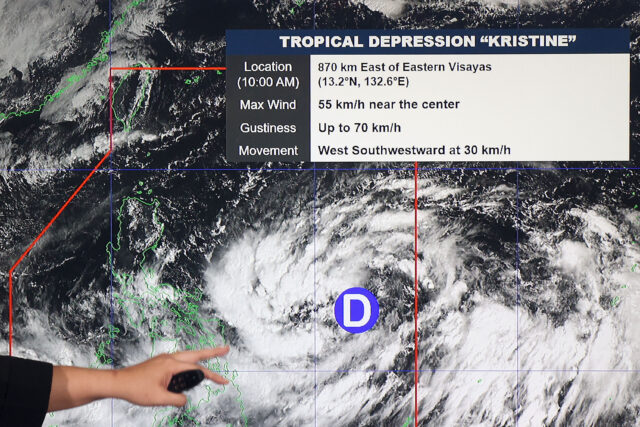


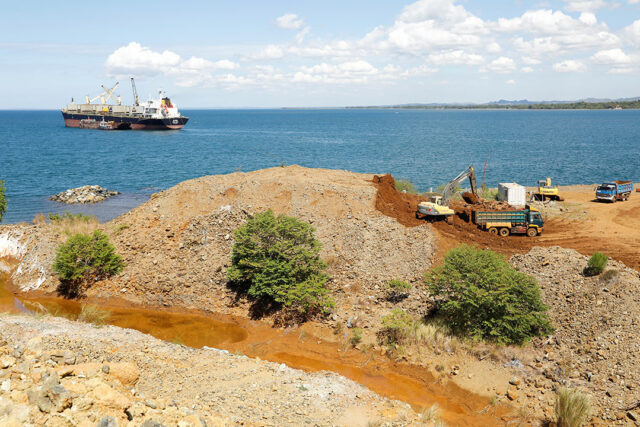
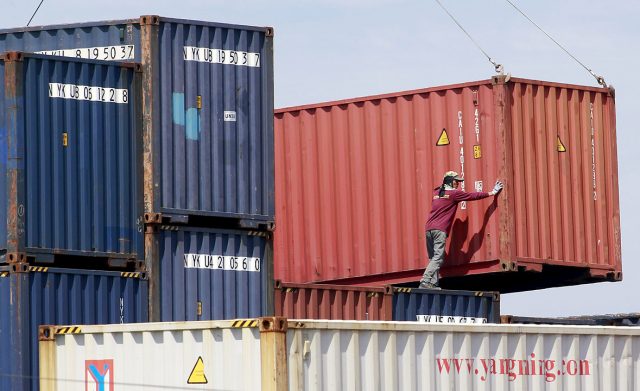

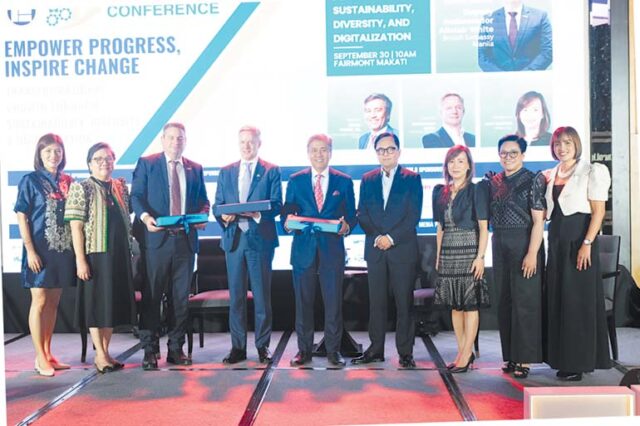
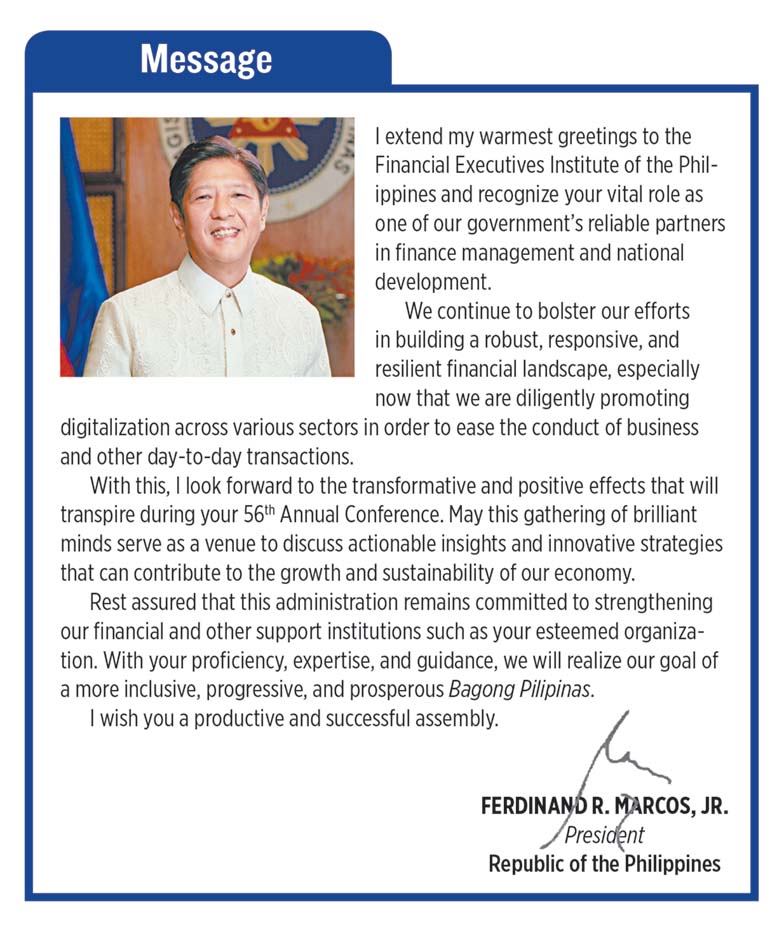 The conference kicked off at the Fairmont Makati with a global perspective on sustainability, diversity, and digitalization. British Embassy Manila Deputy Ambassador Alistair White set the tone with a keynote address that outlined the United Kingdom’s strategies for economic development, transition to renewable energy, and the importance of neurodiversity in the workplace. He emphasized the ongoing partnership between the UK and the Philippines in areas such as energy transition, climate finance, and biodiversity.
The conference kicked off at the Fairmont Makati with a global perspective on sustainability, diversity, and digitalization. British Embassy Manila Deputy Ambassador Alistair White set the tone with a keynote address that outlined the United Kingdom’s strategies for economic development, transition to renewable energy, and the importance of neurodiversity in the workplace. He emphasized the ongoing partnership between the UK and the Philippines in areas such as energy transition, climate finance, and biodiversity.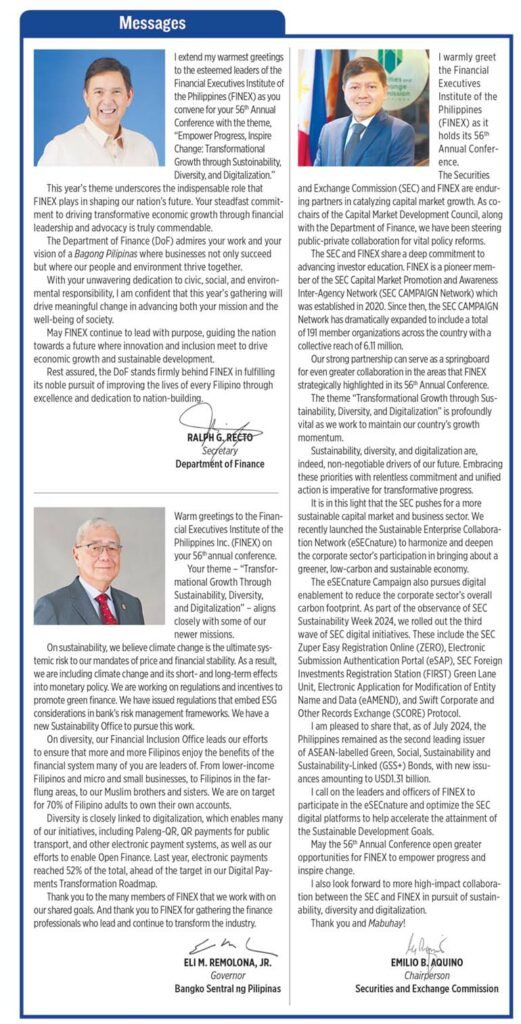 On Day 3, themed “Navigating the Generational Gap Towards Transformative Growth,” Ramon R. del Rosario, Jr. of PHINMA Corp., alongside his daughter Danielle Del Rosario, COO of Union Panel Insulated Corp., delved into the evolution of PHINMA’s mission-driven approach. They emphasized human capital as the key asset of the Philippines, highlighting how investing in education and talent development can lead to transformative growth. Paviter Kaur of Deloitte discussed the importance of generational diversity in leadership, advocating for inclusive strategies that merge traditional principles with modern technologies like AI to prepare organizations for future challenges. The interactive session underscored the idea that while AI and other digital tools are critical for progress, core values such as integrity and professionalism remain fundamental to achieving sustainable transformation.
On Day 3, themed “Navigating the Generational Gap Towards Transformative Growth,” Ramon R. del Rosario, Jr. of PHINMA Corp., alongside his daughter Danielle Del Rosario, COO of Union Panel Insulated Corp., delved into the evolution of PHINMA’s mission-driven approach. They emphasized human capital as the key asset of the Philippines, highlighting how investing in education and talent development can lead to transformative growth. Paviter Kaur of Deloitte discussed the importance of generational diversity in leadership, advocating for inclusive strategies that merge traditional principles with modern technologies like AI to prepare organizations for future challenges. The interactive session underscored the idea that while AI and other digital tools are critical for progress, core values such as integrity and professionalism remain fundamental to achieving sustainable transformation.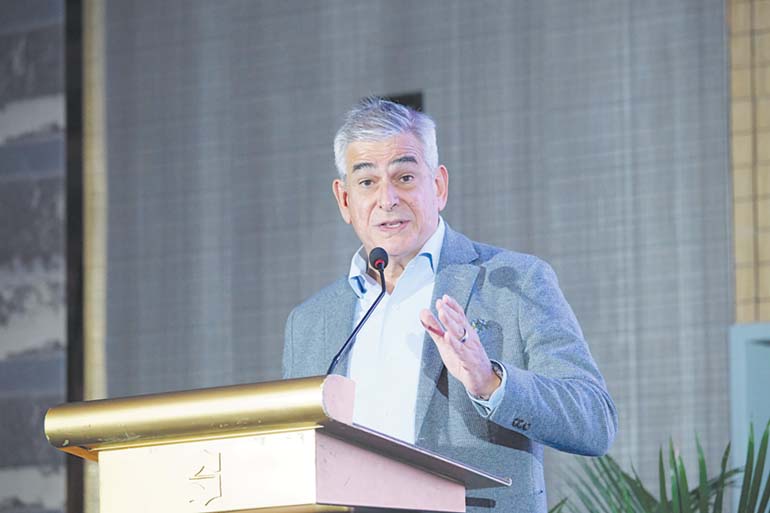
 Throughout the day’s sessions, notable speakers addressed key challenges in healthcare, food security, education, and digital transformation. The “Towards a Healthy Filipino” session, featuring Usec. Dr. Emmie Liza Perez-Chiong of the Department of Health; Jaime E. Ysmael, president and CEO of Healthway Philippines; June Cheryl “Chaye” Cabal-Revilla, president and CEO of MWell; and Joselito G. Diga, SVP for Finance of Unilab, Inc., focused on collaborative efforts between public and private sectors to enhance healthcare services. Michael Arcatomy H. Guarin, partner at KPMG R.G. Manabat & Co. moderated the session.
Throughout the day’s sessions, notable speakers addressed key challenges in healthcare, food security, education, and digital transformation. The “Towards a Healthy Filipino” session, featuring Usec. Dr. Emmie Liza Perez-Chiong of the Department of Health; Jaime E. Ysmael, president and CEO of Healthway Philippines; June Cheryl “Chaye” Cabal-Revilla, president and CEO of MWell; and Joselito G. Diga, SVP for Finance of Unilab, Inc., focused on collaborative efforts between public and private sectors to enhance healthcare services. Michael Arcatomy H. Guarin, partner at KPMG R.G. Manabat & Co. moderated the session.